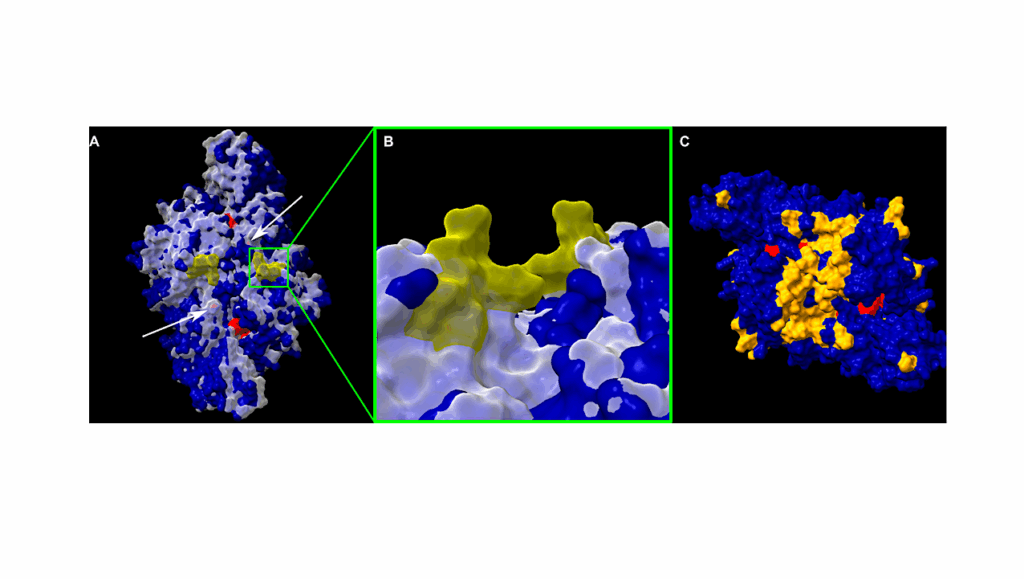Secret Life May Thrive In Warm Caves Under Antarctica's Glaciers

A new study led by ANU has found that animals and plants may live in warm caves under Antarctica’s glaciers.
Around Mount Erebus, an active volcano on Ross Island in Antarctica, steam has hollowed out extensive cave systems.
Lead researcher Dr Ceridwen Fraser from the ANU Fenner School of Environment and Society, said forensic analyses of soil samples from these caves have revealed intriguing traces of DNA from algae, mosses and small animals.
“It can be really warm inside the caves – up to 25 degrees Celsius in some caves. You could wear a t-shirt in there and be pretty comfortable. There’s light near the cave mouths, and light filters deeper into some caves where the overlying ice is thin.”
Dr Fraser said most of the DNA found in the caves on Mount Erebus was similar to DNA from plants and animals – including mosses, algae and invertebrates – found elsewhere in Antarctica, but not all sequences could be fully identified.
“The results from this study give us a tantalising glimpse of what might live beneath the ice in Antarctica – there might even be new species of animals and plants,” she said.
Prof Laurie Connell, a co-researcher from the University of Maine, said these intriguing DNA traces did not conclusively prove plants and animals were still living in the caves.
“The next steps will be to take a closer look at the caves and search for living organisms. If they exist, it opens the door to an exciting new world,” she said.
Co-researcher Professor Craig Cary, from the University of Waikato in New Zealand, said previous research had found that diverse bacterial and fungal communities lived in Antartica’s volcanic caves.
“The findings from this new study suggest there might be higher plants and animals as well,” Professor Cary said.
Dr Charles Lee, another co-researcher from the University of Waikato, said there were many other volcanoes in Antarctica, so subglacial cave systems could be common across the icy continent.
“We don’t yet know just how many cave systems exist around Antarctica’s volcanoes, or how interconnected these subglacial environments might be. They’re really difficult to identify, get to and explore,” Dr Lee said.
The research, published in the international journal Polar Biology, was funded by the Australian Research Council, with sample collection supported by Antarctica New Zealand and the Marsden Fund.








